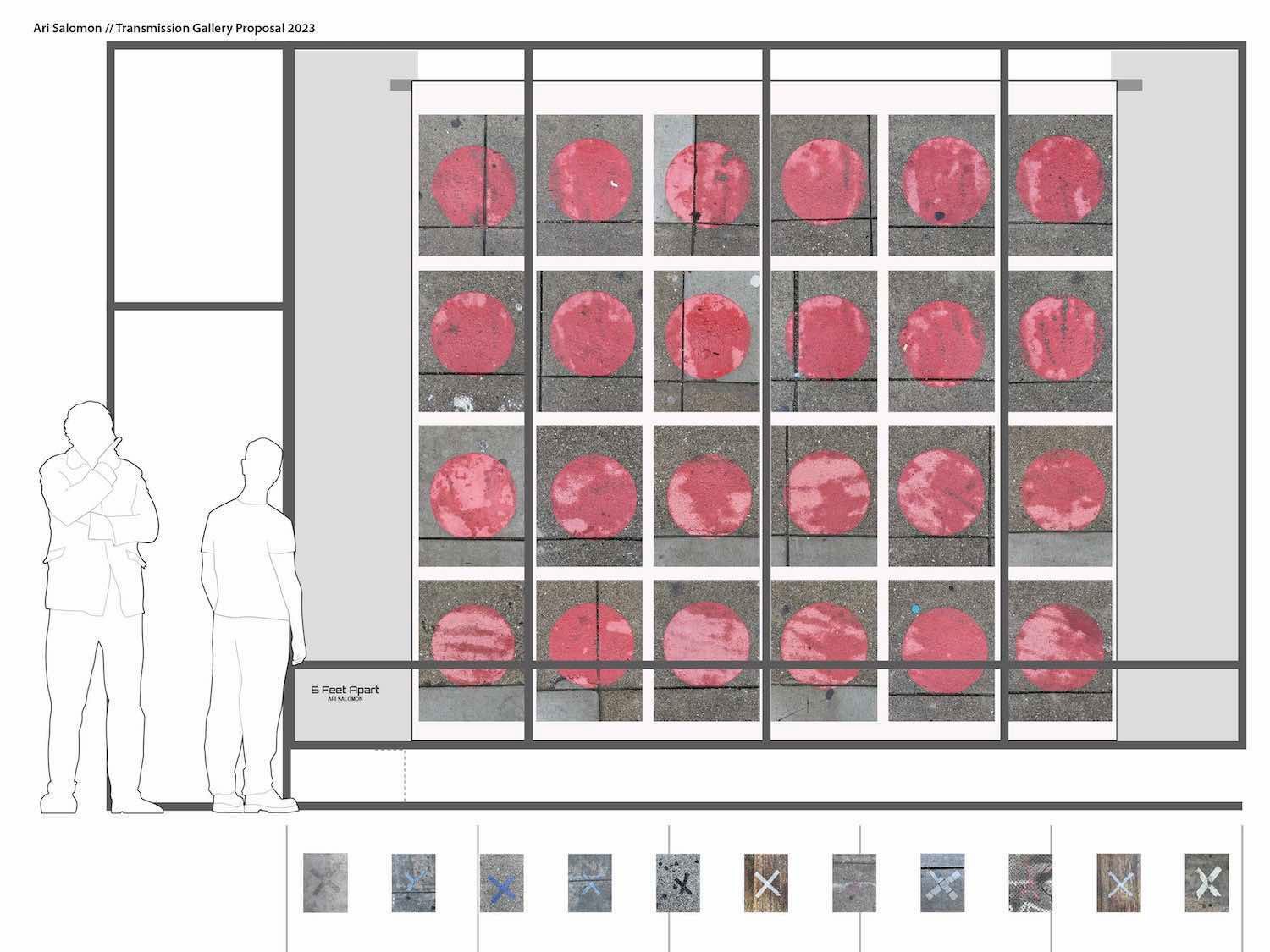Interface
This series investigates the humanness that can be found in mechanical objects. With a fresh perspective, the images uncover anthropomorphic qualities, as if fresh eyes are winking back from unexpected places. This series also investigates the mechanical nature of human perception. Pareidolia is the scientific term for the brain’s process of finding significance in vague or random stimuli—finding animals in clouds is a common example. Carl Sagan hypothesized that human beings are “hard-wired” via early evolution to identify the human face as a survival technique.
How can photography make the invisible visible? In this case, the part of our brain that unconsciously strains to find a face and, by the same token, the matching part of the industrial designers’ brain that guided them to unconsciously design an object with a face in it. These objects are a reflection of the people that anonymously build the cities around us; that anonymously roam the cities around us.
Presenting many images allows the viewer to strengthen their skill at face recognition as if it is a kind of perceptive muscle. You may find that you start to see these faces everywhere, and perhaps also be aware of other processes of perception.
This exhibition is on display at the “Face House” in Kyoto. Designed 50 years ago by Kazumasa Yamashita, the building itself serves as an embodiment of the joy found in making faces out of everyday objects.
インターフェイス
人工的なモノの中に宿る人間らしさを探求するシリーズ。
予期せぬ場所からまるでウィンクされたかのように、ヒトの顔があちこちにこの写真のフレームから浮き上がる。
人間の感知力のメカニカルな側面も、このシリーズを撮影する上で探究された。人間の知覚には『パレイドリア』という、ランダムで曖昧な刺激に意味を見出す脳のプロセスが発見されている。雲の形に動物を見出すのが一般的な例である。 天文学者カール・セーガンは、人は進化の初期から「ハードワイヤード」されており、顔を見つけることが生存術として組み込まれている、という仮説を立てている。
顔を見つけようと無意識に作動する私たちの脳の部分。顔のある物体を無意識のうちにデザインしたインダストリアルデザイナーの脳。相互の無意識の偶然の重なりが、写真によって可視化される。顔のようなオブジェはまるで都市を築き上げた名もない人々のように見え、私たちの周りを徘徊している・・・。
多くの顔のオブジェの写真を見ることによって、もしかしたら一種の知覚筋力のように、顔認識のスキルを強化することができるかもしれない。 このようにしてどこにでも顔が見えてくるようになるかもしれないし、他の感知のプロセスにも気づくきっかけにもなるかもしれない。
この展覧会は京都の「フェイスハウス」で開催中。 50年前に山下和正氏が設計したこの建物自体が、日常のものから顔を作る喜びの象徴となっている。
Ari Salomon
Born in Israel and relocating to the United States at a young age, he discovered his passion for photography during his high school years in San Diego. In 1993, he earned a B.A. in Art History with a concentration on contemporary art theory and studio photography from UCSC, inspired by great professors such as Victor Burgin and Geoffrey Batchen. Most summers he resides in Japan, where he explores the dense urban landscape.
Recent solo exhibitions featured the series 6 Feet Apart at the Head On Photo Festival in Sydney and the Transmission Gallery in San Francisco. Recent group exhibitions include The New World at Minnesota Street Project (curated by Sandra Philips) and Uncanny Beauty at Harvey Milk Photography Center (curated by Emmanuelle Namont).
His early artistic journey saw recognition in various exhibitions, notably at Jen Bekman Gallery, Gen Art, and the SFMOMA Artists Gallery. The Motion Studies series received solo exhibitions at 4×5 Gallery, Dzine and at KG+ in 2020.
Ari Salomon’s work is rooted in reinterpreting the tradition of street photography. He takes the performative process of discovering candid people and places and gives it a twist. He is also interested in how photography can reveal the nature and limitations of human perception. His projects are often very different in form but share a conceptual interest in what photography can reveal about shared experience and the gap between perception and understanding.
アリ・サロモン
イスラエル生まれ。幼い頃にアメリカ、サンディエゴに移住し、高校時代にアーティスティック・フォトグラフィーの撮影を始める。 カリフォルニア州立大学サンタクルーズ校で現代美術理論と写真を学ぶ。 現在は日本に夏の間滞在し密集した都市空間の撮影を続けている。
アリ・サロモンの作品は、ストリートフォトグラフィーの伝統の再解釈を目指す。 パフォーマンスアートのプロセスのように、サロモン自身が主体となって人々や場所を発見し、そこに独創性を加えている。 また、写真が人間の知覚の特性と限界をどのように明らかにできるか、という課題に対して挑戦し続けている。作品の多くは、人間の共通の経験、もしくは人と人との間で起こるの認識と理解のギャップについて写真を通じて明らかにしようとしている。
最近の個展:ヘッド・オン・フォトフェスティバル(シドニー)、トランスミッションギャラリー(サンフランシスコ)。 グループ展:ミネソタ・ストリート・プロジェクト(サンフランシスコ)、ハービー・ミルク・センター(サンフランシスコ)。
過去の作品展:ジェン・ベクマン・ギャラリー、ジェン・アート、SFMOMA アーティスト・ギャラリー、4×5 Gallery、Dzine、KG+









